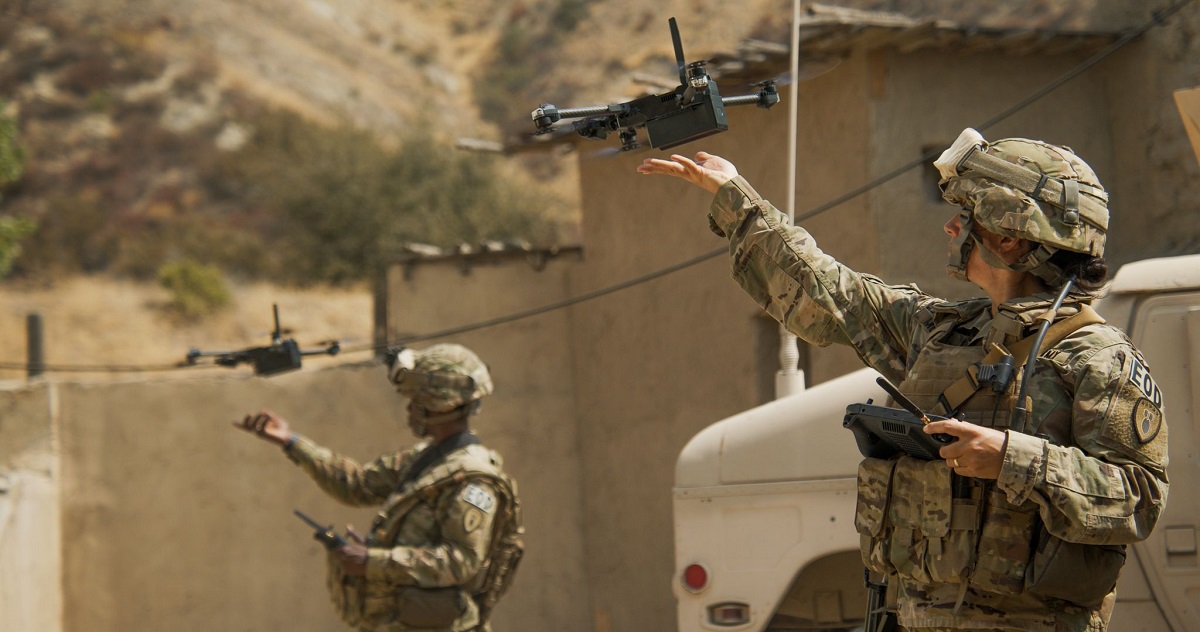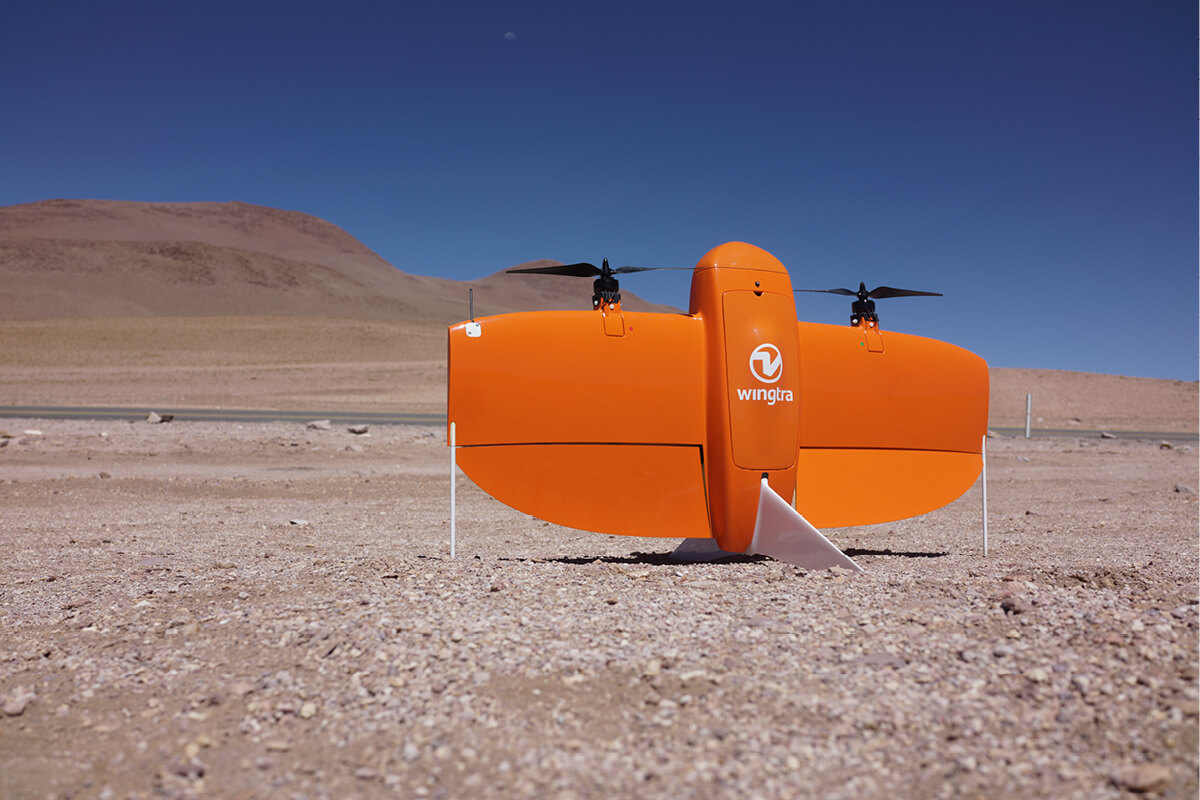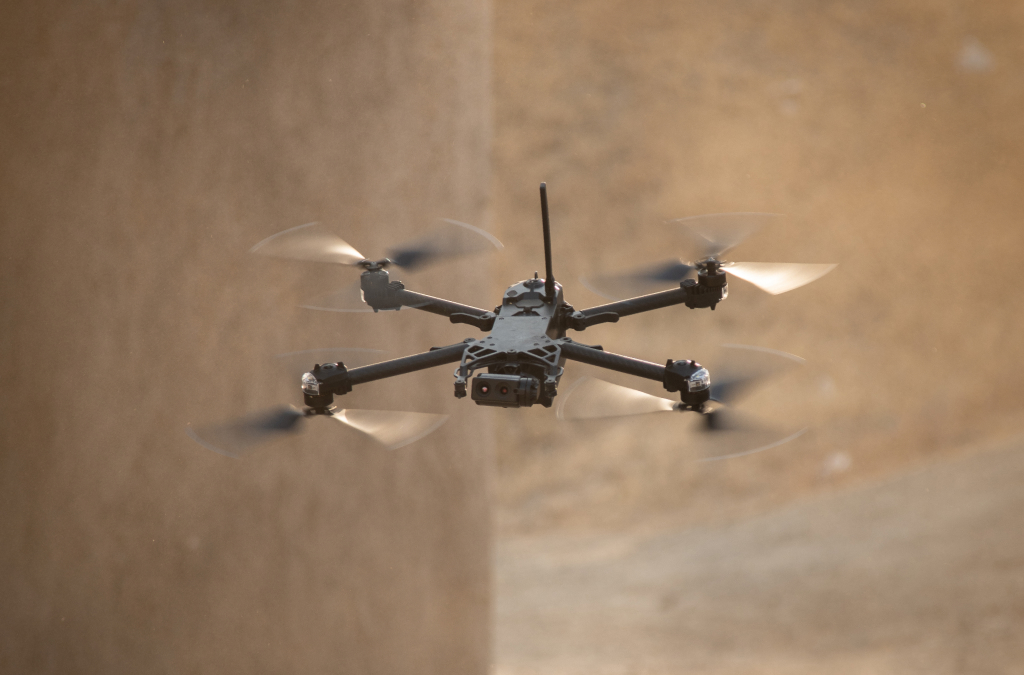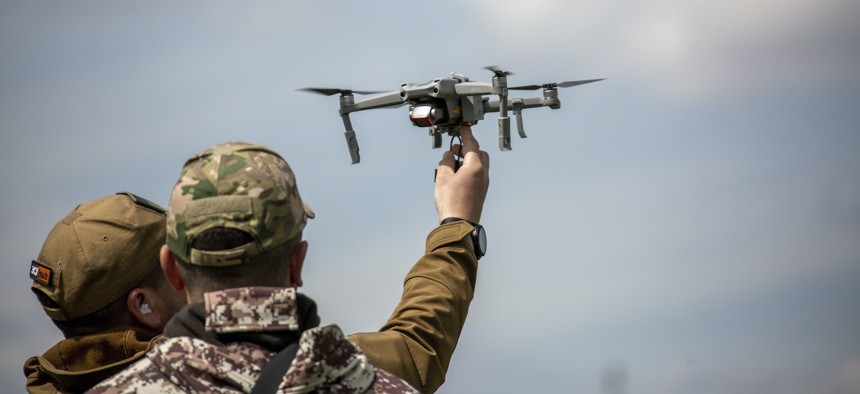The US Army wants to build a drone fleet, inspired by Ukraine's example, but will not be able to use DJI quadcopters

The Ukrainian army's success in using civilian quadcopters in the war against russia has prompted the US Army to intensify development of the drone-bomber concept. But the service has a number of limitations.
Here's What We Know
The Ukrainian Armed Forces are actively using not only homemade FPV drones costing up to $1000, but also civilian quadcopters. One of the most popular is the DJI Mavic 3. The drone can drop grenades on enemy positions and even destroy armoured vehicles beyond enemy manpower.
However, the US is actively fighting against DJI, so it is hard to imagine it using Chinese-made drones in the event of a potential conflict with China. Authorised drones are on the Blue UAS list approved by the US Department of Defense. Interestingly, a separate paragraph in the document notes a ban on the use of the WingtraOne drone (pictured below) with vertical take-off and landing. The reason is not specified.

The drones must offer the military the option of dropping munitions on the enemy by remote control. This feature must be integrated into the ATAK application.
Another requirement for drones is the ability to carry ammunition more powerful than the 400g M67 grenade. In parallel, the US Army is working on equipping the Skydio X2D quadcopter (pictured below) with these grenades.

In addition, the project involves the possibility of equipping drones with anti-tank rounds. This would allow the drones to be used as an alternative to the costly Javelin anti-tank missiles.
The request for the drone bombers was submitted by the US Army Application Laboratory several years ago. Before that, the organisation demanded that drone companies explain in detail how their systems could be used as bomber munitions.

Under the new proposal, drones would be used by soldiers in mechanised units. They would require at least a 500-gram payload. Possible targets would include enemy manpower and vehicles.
Source: Defence One